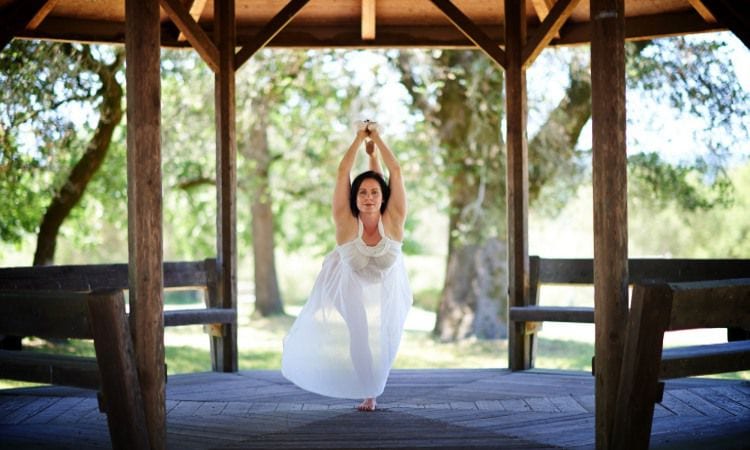The yoga mat, aka a rectangular microcosm of life at large, provides a springboard into the depths of self study and psychospiritual exploration. It makes sense that as yogis, we can and will experience “triggers” or moments that plunge us deep into positive and negative memories or more intensely, into past traumas.
As teachers, not only do we need to practice mindfulness around our language, but also a willingness to take responsibility for the atmosphere, tone, and emotional ambience we provide for our students. We provide a safe and nurturing space for others to show up with their vulnerabilities, unrecognized expectations, and inevitably…their projections.
The unspoken conversation that is constantly going on can be a complex territory to navigate through while simultaneously flowing through a sequence. As an instructor, one cannot help occasionally placing a “me against them” barrier between teacher and students.
How A Yoga Community Thrives
The sangha or yoga community thrives when the teacher can successfully offer an air of unconditional acceptance and support with the ability to react on the spot—not just with proper alignment and cueing of the physical asana practice, but also in dealing with the frustrations and feelings of inadequacy when the students confront challenges.
A teacher must discern at times between a voice that demonstrates tough love with positive encouragement, and the voice of a concerned parent cautioning one from pushing too far too fast. As much as we remind our students to practice beginner’s mind on their mats, as teachers, we can also benefit from that very same advice.
Practice treating each student as an individual rather than looking over their postures and picking at “this” while pulling at “that”—as I have recently experienced in some alignment-based classes. The goal of unrealistic perfection exists everywhere, and yoga provides a retreat for introspection beyond those external pressures.
Both student and teacher can empathize that showing up on the mat is not always easy, and that each person brings a tremendous amount of emotional energy with them to class. Whatever a particular student needs today will change tomorrow, and the same holds true for the class a teacher offers.
We Are All Students AND Teachers
A teacher can prevent an authentic empathic connection to form by feeling defensive, feigning a cool detachment or react indifferently to their own fear of being judged by students. Similarly, feeling unseen or being given a less than thoughtful physical or verbal adjustment can challenge a student’s ability to trust a teacher. And in some cases, their ability to trust the practice itself.
Perhaps, understanding that both teacher and student have vulnerabilities and fears, and a huge part of the healing process of yoga as it unfolds day after day, teaches us all forgiveness and patience.
We are all students and teachers to each other constantly, and by remembering that our learning never stops, we can bring the present moment into our consciousness and live it on and off our mats.
We can take the guru off the pedestal. Instead, we will bring the teacher/student relationship to the forefront because it is through critical self inquiry – where a student has the space and freedom to question the teacher’s intention – that deep understanding of the self and compassion for others can occur.
Image credit: Rob Martel / Yogi: Judy Rukat


